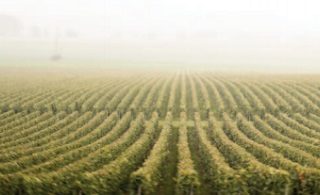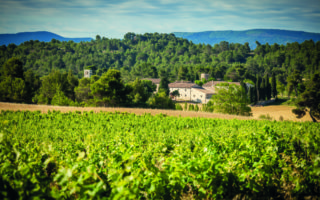The Aromas in Wine


Recognizing specific odors
When describing the aromas found in wine, the first impression to describe is that of the intensity, persistence and general quality of the aromas or “nose”. The second stage involves noting the general character of the nose. The final stage consists in identifying specific aromas.
Intensity
Is described on a scale from “powerful” or “penetrating” to “light” or “barely perceptible”. Immature wines in which the aromas are have not yet developed are said to be “closed”.
Persistence
Persistence refers to the length of time the aroma remains in the nasal cavity. Some odors linger and others are fleeting, sensed only for an instant.
Quality
Generic words to describe the aromas of a wine are:
- Rich/broad: to denote full and complex aromas
- Well-defined: for aromas which are pronounced and clearly identifiable
- Clean: for aromas free of extraneous or defective odors
- Elegant: to denote ba1ance and refined character; for top quality wines
- Coarse: lacking in basic quality
Character
Basic terms to describe the character of primary and secondary aromas are:
- Aromatic: with marked primary or varietal aroma
- Vinous: with the strong fermentation odors of very young, immature wine
- Fruity: with the dominant fresh fruit aromas of young wines
- Floral: reminiscent of flowers or blossoms.
- The term “bouquet” refers to tertiary aroma, the complex odors which develop in quality wines aged in wood and refined in bottle.
Recognition
Specific odors in wine are generally identified by association with other smells familiar in the natural world. Certain aromas are typical of different types of wine.
Aromas in young white wines commonly include:
- Fresh fruit: apple, pear, peach, apricot, citrus
- Flowers: acacia, mimosa, elder, lilacs, broom, hawthorn, jasmine
- Miscellaneous: bread crust, boiled sweets.
More mature white wines often have the aromas of:
- Tropical fruit: banana, pineapple, mango
- Dried fruit and nuts: figs, raisins, hazelnuts, pine nuts, toasted almonds
- Miscellaneous: vanilla, caramel, honey, resin or tea.
Young and aromatic red wines commonly have aroma, which include:
- Red fruit/ berries: cherries, currants, raspberries, strawberries
- Flowers: violets, rose, iris, jasmine
For mature red wines references are often to:
- Dark fruit/berries: blackcurrants, blackberries, plums, mulberries

- Spices: cinnamon, cloves, nutmeg, anise, pepper, liquorice
- Miscellaneous: vanilla, caramel, honey, resin or tea.
Older, more evolved red wines often have complex aromas likened to:
- Animal scents: leather, fur, game
- Spices: cinnamon, cloves, nutmeg, anise, pepper, liquorice
- Miscellaneous: chocolate, vanilla, toasted coffee, tar, resin, moss, undergrowth, sandalwood or truffles
Share to: Facebook Twitter LinkedIn Email
By FrenchEntrée
Leave a reply
Your email address will not be published. Required fields are marked *



